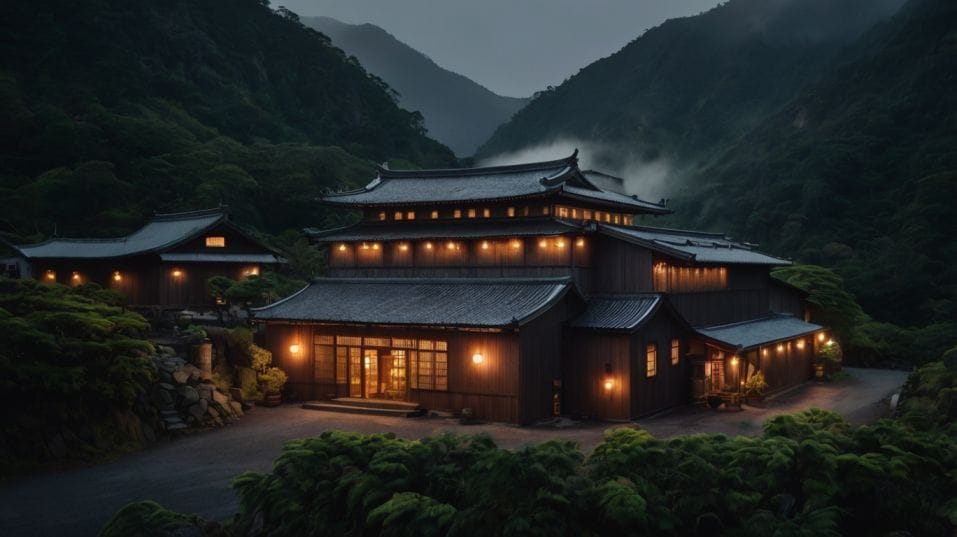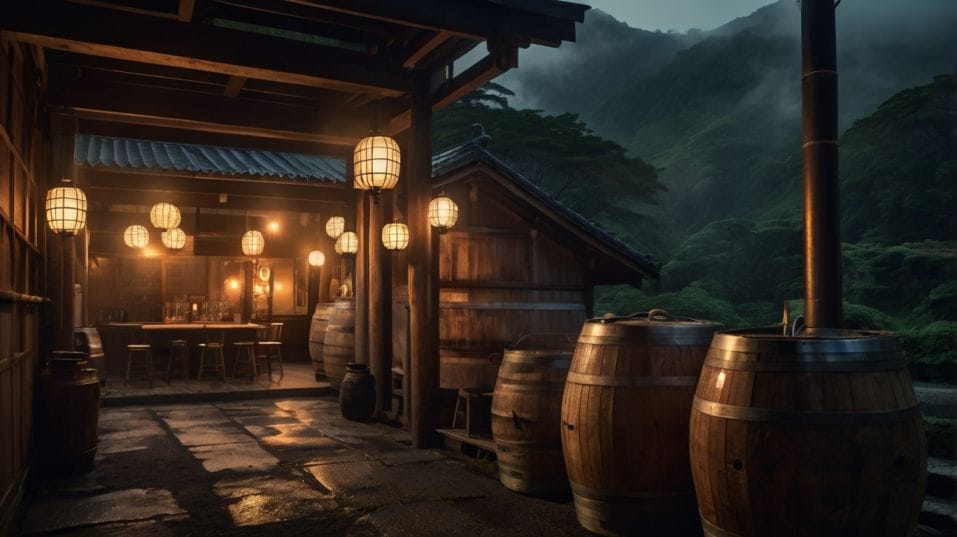Asian Whiskey Boom: What to Watch
Explore Asia’s rising whiskey scene—learn how grain, climate, and technique shape bold new flavors worth tasting, collecting, and decoding.

What if the most exciting whiskeys today weren’t from Scotland or Kentucky—but Seoul, Taipei, or the Japanese Alps? If you’re early in your whiskey journey and ready to taste with purpose, Asia’s rising spirits scene is your next step.
It’s not a trend. It’s a shift—where makers blend precision with freedom, and every choice, from grain to climate, shapes flavor in surprising ways. Here's what to watch as Asia quietly reshapes the whiskey world.
Tradition Without the Chains
The most exciting part of the Asian whiskey movement? It’s built on tradition—but not locked inside it.
While many producers follow time-tested methods (pot stills, copper equipment, slow fermentation, oak maturation), they’re not playing by inherited Scotch or bourbon rulebooks.
This creates space for innovation, and more importantly, for intention. In Japan, precision is king. Distillers experiment with dozens of fermentation types, barley strains, and still shapes.
In Taiwan, climate and oak are used like levers. In India, heat forces rapid maturation—but smart producers balance that speed with flavor layering, not just brute strength.
Even in countries newer to whiskey production—like Korea, Vietnam, or the Philippines—you’ll find thoughtful use of local grains, hybrid stills, and new types of wood. Not gimmicks. Strategy.

Why this matters
If you’re serious about tasting well, you need to start breaking whiskey down by production choices—not by brand names. Don’t ask “Is this single malt?”
Ask, “What does the fermentation bring to the table?” “How was texture built?” “What oak was used—and how long did it interact with the spirit?”
These are questions that help you taste better, collect smarter, and train your palate beyond the label.
Fermentation is the Quiet Power Move
Most casual drinkers focus on the barrel. But the real flavor war is fought earlier—during fermentation.
Here, many Asian distilleries separate themselves with bold choices: wild yeasts, extended fermentation times, and in some cases, unique molds like koji (used traditionally in sake and miso production).
Koji fermentation doesn’t just convert starches into sugar—it adds layers of umami, fruit, and acidity that you won’t find in standard Western whiskies.
Japanese and Korean producers are especially fluent in this technique, and it gives their whiskey a distinctive lift—less cereal-driven, more floral and savory.
Even without koji, long and slow fermentation (48 to 96 hours, sometimes more) draws out esters, acids, and subtle textures that short cuts can’t replicate. It’s not flashy, but it’s essential.
What to do
Start paying closer attention to the nose and the front palate. That delicate fruitiness? That edge of pear, melon, or mushroom? That’s fermentation speaking. And it’s telling you something about the quality of the process—not just the cask.
Climate as Catalyst
No part of the world plays with climate like Asia. Highland distilleries in Taiwan use mountain air and cool fog to slow aging, while valley warehouses turn up the heat to push oak extraction.
Indian distillers deal with evaporation rates that would make a Scottish blender weep—yet they manage to build balance in four to six years that rivals traditional 12- to 15-year Scotch.
This isn’t cutting corners. It’s climate mastery. Producers work with microclimates, rotate casks strategically, and select wood types that react predictably under stress.
In some cases, you’ll find distilleries using Mizunara oak—a porous, complex Japanese wood that adds spice, incense, and sandalwood notes unlike anything American oak offers.
And it’s not just about the environment. Some distilleries are controlling warehouse humidity and airflow like fine wine cellars.
Others are building hybrid aging programs—half indoors, half outdoors—to test how expansion and contraction can fine-tune flavor.
Pro tip
Don’t judge an Asian whiskey by its age. A five-year-old Taiwanese malt might drink like a fifteen.
But the opposite is also true—if a bottle feels hot, rough, or disjointed, don’t excuse it just because it’s “young and exotic.” Expect precision, and reward balance.
Purity Over Prestige
Some Asian whiskey brands have gone stratospheric on the secondary market. And yes, there’s a lot of noise. Limited editions, fake scarcity, designer bottles. Ignore all of it.
The real heartbeat of the category lives at the craft and regional level. In South Korea, small distillers are using local rice, barley, and even millet to produce spirits that lean toward whiskey but carry the DNA of soju or traditional takju.
In India, not every distillery is cranking out mass-market molasses blends—some are creating 100% malt expressions with incredible focus.
Vietnam, Thailand, and the Philippines are all starting to produce grain-forward, oak-matured spirits with serious identity.
For collectors
This is a chance to build a collection that doesn’t follow the herd. Forget trophy bottles.
Find producers that are transparent about their process and ingredients. Look for distilleries making whiskey with regional intent—not just mimicking Scotch.
For tasters
Use these bottles to stretch your palate. Don’t just drink them “against” Western whiskey. Taste them for what they are. Ask what story the spirit tells, and how it was constructed. Then take notes. These bottles are reference points, not novelties.
Texture is the Telltale Sign
If you want to level up your whiskey tasting game, stop chasing notes—and start chasing texture. Asian whiskey forces this shift.
Instead of butter and caramel, you’ll find silken, wine-like mouthfeel. Or high-acid brightness. Or tannic grip that plays like fine tea.
Texture is where technique lives. It’s shaped by fermentation, distillation cut points, cask interaction, and bottle proof. And in many Asian whiskies, texture is the signature. It’s the fingerprint.
A Japanese single malt might feel delicate on the attack, but stretch long and mineral through the finish.
An Indian malt might punch hard in the mid-palate with a flash of spice, then resolve into dried fruit and tannin. This isn’t random—it’s design.
Train yourself
When tasting, ask: Is the texture crisp or oily? Does the finish dry out or cling? Are the transitions clean or abrupt? These cues will help you map the whiskey’s architecture—and build a tasting memory that actually sticks.
Final Thoughts: What to Do Next
Asian whiskey isn’t hype. It’s a classroom. A challenge. A reset button for the way you taste, think, and collect.
If you’re just starting to build a serious palate, this is your proving ground. These whiskies will test how well you can pay attention—to process, to grain, to wood, to structure.
They’ll reward you if you do, and frustrate you if you don’t. That’s the point. So start today. Find a bottle from a country you’ve never tasted before.
Drink it slowly, with full attention. Ask better questions: What’s the grain? What’s the wood? What’s the shape of the flavor?
This isn’t about scoring points. It’s about sharpening your senses. One pour at a time. Now go. Drink something new. Build something worth keeping. Taste like you mean it.




